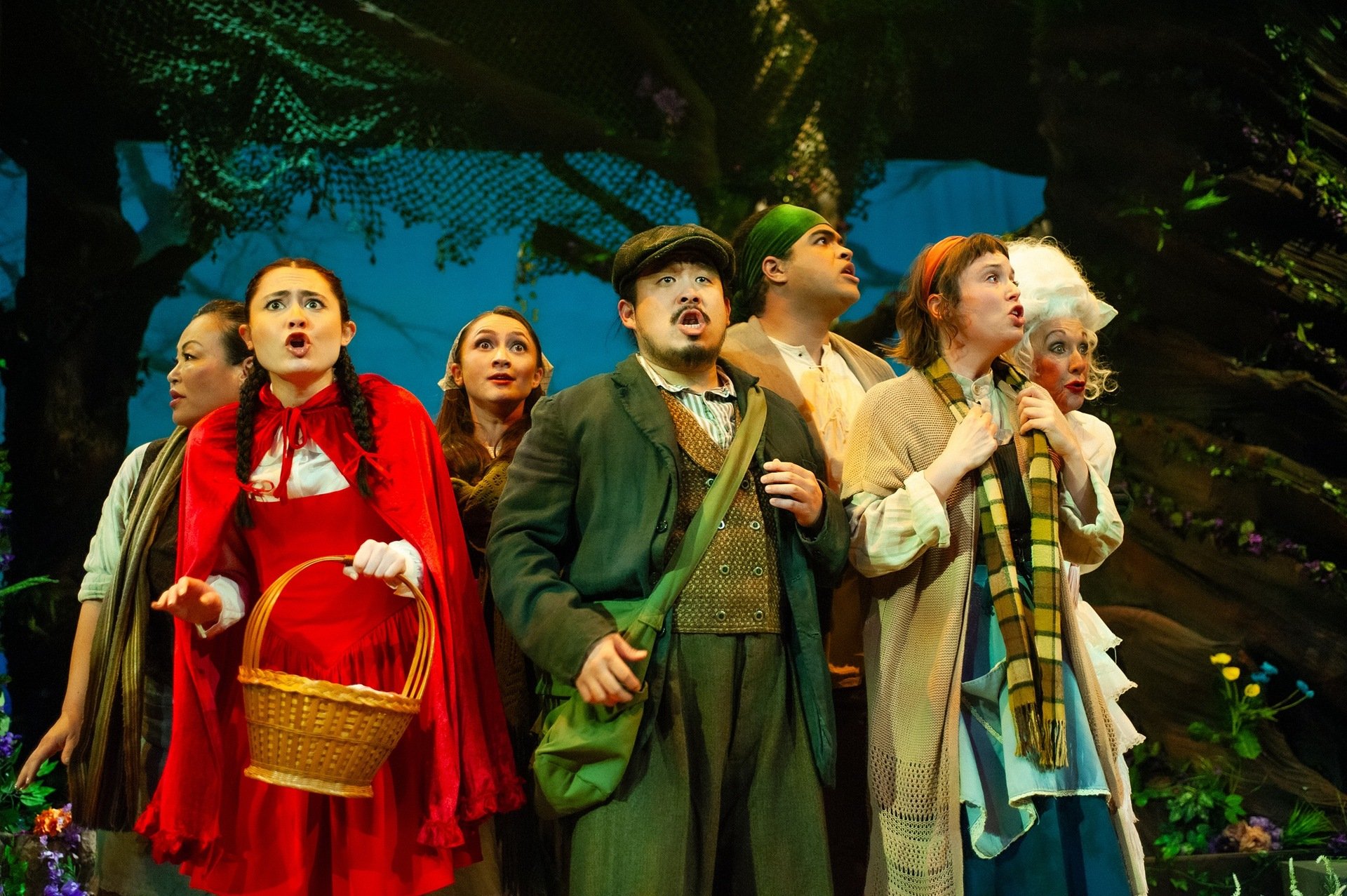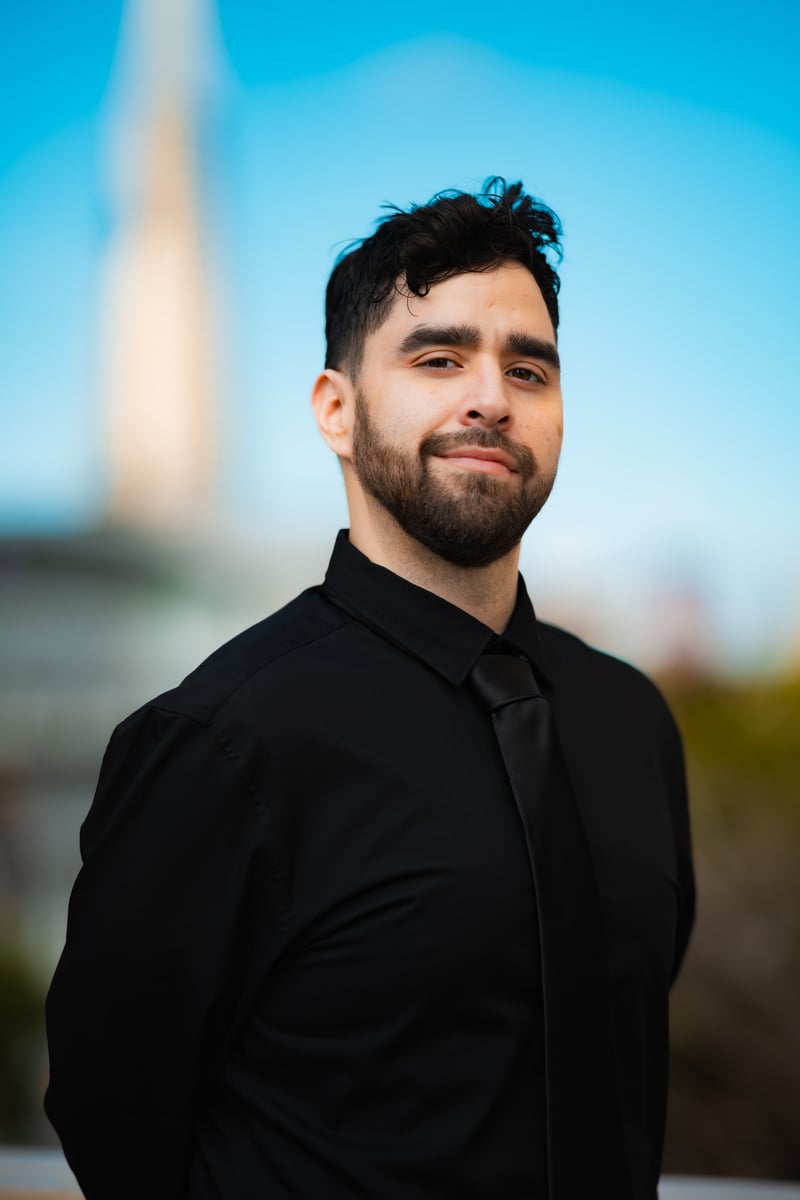
Genevieve Morton onsite at the Kelsey Civic Center Project
Affordable, accessible, and built by a woman? A new project in Civic Center is all three, and it’s showing how San Francisco can once again set a standard for putting diversity, equity, and inclusion into practice, starting with housing.
Project Engineering
Genevieve Morton, a project engineer for a general contractor in San Francisco, starts her day early. She speaks with us at 6am, before the short-billed gulls arrive at Civic Center’s plaza. The project she’s wrapping up, coined the Kelsey Civic Center Project, will open this fall. Residents will be able to see the gulls from the bright, massive windows.

Photo provided by Genevieve Morton
Morton’s role isn’t complicated to explain. “I am basically Information Central on a construction project between the architect, the client, and the individuals who are building in their individual trades to bring a project to life,” she explains. Part of that is to work through any unexpected issues that come up in the process. Simple to explain – and yet for a project of this caliber, critical.
Why This Project is Groundbreaking
The project is groundbreaking because it’s an 8-story, 100% affordable, fully ADA-accessible housing complex. It’s a partnership with Mercy Housing.
“Having lived in San Francisco for 15 years, it’s no mystery to anyone that we certainly need housing, and even more than that, there is a lack of ADA-accessible housing,” Morton points out. “There aren’t a lot of projects that are fully tailored to different abilities. So this was a project that really stood out to me. I wanted to be a part of it.”

What Does Accessible Look Like?
What does that look like on the ground level, no pun intended? “Every place in the building is wheelchair-accessible. We outfit all the units with ADA-sized grab bars. Every room is calculated per ADA standards.” But beyond that, Morton helps handle the little things that make the full units tailored for any resident.
“Most of the outfitting is in the bathrooms. We have grab bars, we have shower seats, we have doors that have a certain weight requirement so that they don’t take very much weight to open and close,” she says. The units also have their own kitchens; many other options for housing are SROs that share these kinds of facilities, so it also offers a bit more privacy and independence for residents.
Not Just Housing
But it’s not just housing. “On the first floor we are also building the first Disability Culture Center. It’s the first of its kind in San Francisco and it’s going to serve as a community space for the disability community. It is also, of course, outfitted to accommodate all abilities and provide a space for people to gather and host activities within the accessibility community.”

Genevieve Morton with the project
The Disability Cultural Center recently sent a newsletter encouraging subscribers to sign up for the chance to get a unit. “It is a lottery system,” Morton explains. But it’s not just luck. “There are other qualifications to enter into the lottery.”
History Beneath a History-Making Project
Did any hiccups happen on this project? It’s a common issue when you’re building in an urban infill site in San Francisco, particularly in an older neighborhood like Civic Center that’s been used in many different ways over the centuries. Morton says, “When we were excavating our base level, we did come across a number of objects that were not documented on property records.” When this happens, there’s a process you have to go through. “PG&E is notorious for leaving behind utilities. Old gas tanks from like, turn of the 20th Century. So we did come across a few unidentified objects that we had to vet through the right channels before we could proceed with building. But nothing major.”
The Kelsey Civic Center project is in a great location. Not only is it close to several public transportation lines, there are four bus lines within three blocks, not to mention BART. Being so centralized is paramount. Morton explains, “A lot of the future residents who will be moving here will be working with different types of case workers. And it’s important that they have not only a central space to meet with people but also that they can more easily navigate the City.”
Women in Construction
So what is it like to be a woman working on the project? “Surprise surprise, there are not a lot of women in construction,” Morton reminds us. “Although that has been changing over the past decade, which is great.” Just 11.4% of the blue-collar workforce is made up of women, but that represents a 45% increase in the last decade. Morton began her career studying architecture but found herself craving a more hands-on approach. She found it, along with meaning, in this role.

Genevieve Morton in a Women Build shirt
The construction industry can be very lucrative, but this kind of project isn’t necessarily about the money. “I’m the type of person who needs to be doing something that holds meaning to me,” Morton shares. “This is a really important addition to the San Francisco housing landscape, especially in the neighborhoods where there’s houses for 10, 20 million dollars that maybe only one or two people will occupy.” So why not help build one of those? “It’s hard to consider that type of work regardless of the money when there’s so many people around us who need and deserve housing that is reasonable, affordable, and accessible.”
Advice for Women
What advice does Morton have for a girl or young woman who is considering following in her trajectory? “I would say don’t let yourself be easily discouraged.” She explains that in construction, there is a sense of urgency. As the field changes, she thinks people have found a different, more calm way of communicating on the day-to-day tasks. Still, she says, “Don’t be discouraged by the urgency and the high energy of the work environment. Don’t hesitate to ask questions, even if they are not considered valuable questions.”
That kind of curiosity is what makes Morton excellent at her job. “Don’t let yourself stop from pursuing the answer. Be curious. Ask as many people as you can about what they do and why they do in their day to day routine on the job site.”
Will You Get Yelled At?
Reading between the lines, we asked if this advice means someone might yell at you at a job site. “Someone might not necessarily at you but there definitely is a lot of yelling that happens around you,” Morton laughs. “You have to be prepared for that.”
The industry has rapidly changed, but there’s still more work to be done. “Every woman I’ve met in this industry is incredibly resilient but also very curious,” Morton says. And it can only be a benefit to have more women and more nonbinary people bringing different perspectives to an industry that is perceived to be so traditional.
Barriers
Is there any one barrier ahead of women who want to be in construction? Morton doesn’t think so. “I think the problem is in and of itself in that it can be intimidating to go into a room where there’s a hundred men and you’re the only woman. But the only way to shift that dynamic is for more women to join the industry. It’s a catch-22.”
Morton doesn’t want to imply that women in construction just need to tough it out. Instead, she says, her advice is meant to be “in the ‘Follow your heart and be brave’ kind of way!” And if you do, you might just get to build something truly meaningful.
The post Affordable, accessible, and built by a woman: The Kelsey Civic Center appeared first on Broke-Ass Stuart's Website.









